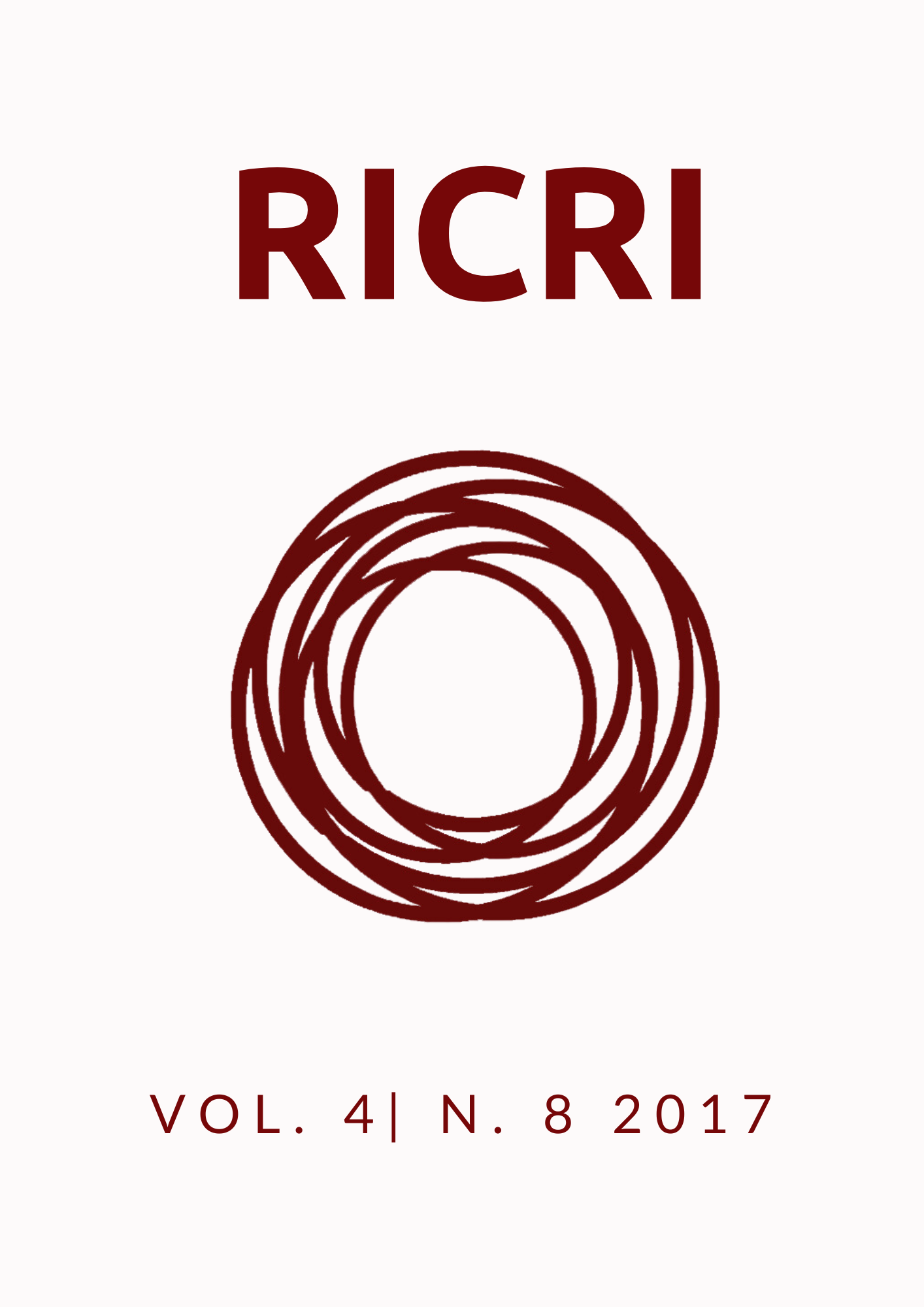A atuação das Nações Unidas frente ao contexto das novas guerras: uma análise sobre a questão das crianças-soldado
DOI:
https://doi.org/10.22478/ufpb.2318-9452.2017v4n8.32871Abstract
O presente artigo consiste na análise do fenômeno das crianças-soldado, de maneira a expor a atuação das Nações Unidas para interromper sua ocorrência no mundo. Demonstraremos a forma pela qual as “novas guerras” constituem um contexto fundamental à propagação do fenômeno e buscaremos expor a maneira pela qual as alterações no Sistema Internacional, desde a década de 1990, têm transformado as crianças-soldado em uma ocorrência global, tornando-se uma das ferramentas mais utilizadas de propagação da violência. Por fim, analisaremos as principais medidas encaminhadas pela ONU para o tratamento do problema e procuraremos demonstrar como a Organização pode se colocar como um espaço à resolução do fenômeno das crianças-soldado, garantindo medidas efetivas capazes de evitar sua evolução e a prevalência dos direitos das crianças envolvidas com a guerra.
Downloads
References
COLLMER, Sabine. (2004), “Child Soldiers: An Integral Element in New, Irregular Wars?”, The Quarterly Journal, v. 3, No 3, https://globalnetplatform.org/system/files/1/Child%20Soldiers%20An%20integral%20Element%20in%20New%20Irregular%20Wars.pdf.
DUFFIELD, Mark. (2001), Global Governance and the New Wars. London, Zed Books.
DUPUY, Kendra; PETERS, Krijn. (2010), War and children: a reference handbook. Santa Barbara, California, ABC Clio.
KALDOR, Mary. (2013), “In defense of new wars”. Stability: International Journal of Security and Development, v. 2, No 1, http://eprints.lse.ac.uk/49500/1/__lse.ac.uk_storage_LIBRARY_Secondary_libfile_shared_repository_Content_Kaldor,M_Kaldor_Defence_new_wars_2013_Kaldor_Defence_new_wars_2013.pdf.
KEEN, David. (2000), “Incentives and Disincentives for Violence”. In Greed & Grievance, editado por MALONE and BERNAL, London, Lynne Rienner Publishers Inc.
MARTUSCELLI, Patrícia Nabuco. (2015), ‘Crianças soldado na Colômbia: a construção de um silêncio na política internacional’ Dissertação (Mestrado), Brasília, Universidade de Brasília, http://repositorio.unb.br/bitstream/10482/18991/1/2015_Patr%C3%ADciaNabucoMartuscelli.pdf.
MÜNKLER, Herfried. (2005), Viejas y nuevas guerras: asimetría y privatización de la violencia. Madrid, Siglo XXI.
OFFICE OF THE SPECIAL REPRESENTATIVE OF THE SECRETARY-GENERAL FOR CHILDREN AND ARMED CONFLICT (2016), ‘Children, not soldiers’ (Office of the Special Representative of the Secretary-General for Children and Armed Conflict),https://childrenandarmedconflict.un.org/children-not-soldiers/.
PAIVA, Giovanna Ayres Arantes de Paiva. (2011), “A atuação da ONU frente ao emprego de crianças-soldados: como lidar com os impactos das novas guerras?”. Revista Fronteira, v. 10, No 19, pp. 59-79, file:///C:/Users/LanHouse/Downloads/8657-31347-1-SM.pdf.
PAIVA, Giovanna Ayres Arantes de Paiva. (2015), “Crianças-soldado: o discurso liberal e os incentivos à violência”. Revista Inter Relações, v. 15, No 14, pp. 18-27,file:///C:/Users/LanHouse/Downloads/111-215-1-SM.pdf.
TABAK, Jana. (2009), ‘As Vozes de Ex-Crianças Soldado: Reflexões Críticas sobre o Programa de Desarmamento, Desmobilização e Reintegração das Nações Unidas’ Dissertação (mestrado), Pontifícia Universidade Católica do Rio de Janeiro, Instituto de Relações Internacionais,http://livros01.livrosgratis.com.br/cp118644.pdf.
UNITED NATIONS SECURITY COUNCIL (1999), ‘Resolution 1261 (1999) – Children and armed conflict’ (United Nations Security Council),http://www.un.org/en/ga/search/view_doc.asp?symbol=S/RES/1261(1999).
UNITED NATIONS SECURITY COUNCIL (2001), ‘Resolution 1379 (2001) – Children and armed conflict’ (United Nations Security Council),http://www.un.org/en/ga/search/view_doc.asp?symbol=S/RES/1379(2001).
UNITED NATIONS SECURITY COUNCIL (2003), ‘Resolution 1460 (2003) – Children and armed conflict’ (United Nations Security Council),http://www.un.org/en/ga/search/view_doc.asp?symbol=S/RES/1460(2003).
UNITED NATIONS SECURITY COUNCIL (2005), ‘Resolution 1612 (2005) – Children and armed conflict’ (United Nations Security Council),http://www.un.org/en/ga/search/view_doc.asp?symbol=S/RES/1612(2005).
Downloads
Published
How to Cite
Issue
Section
License
Authors who publish with this journal agree to the following terms:
a. Authors retain copyright and grant the journal right of first publication with the work simultaneously licensed under a Creative Commons Attribution License that allows for sharing of work with acknowledgment of its initial publication in this journal.
b. Authors are able to take on additional contracts separately for non-exclusive distribution of the version of the work published in this journal (e.g., post it to an institutional repository or as a book), with an acknowledgment of its initial publication in this journal.
c. Authors are permitted and encouraged to post their work online ( eg, in institutional repositories or on their website) at any point before or during the submission process, as it can lead to productive exchanges , as well as increase the impact and citation of published work ( See the Effect of Open Access).




